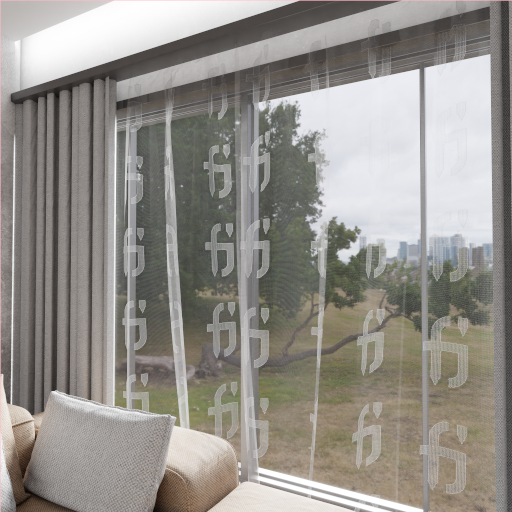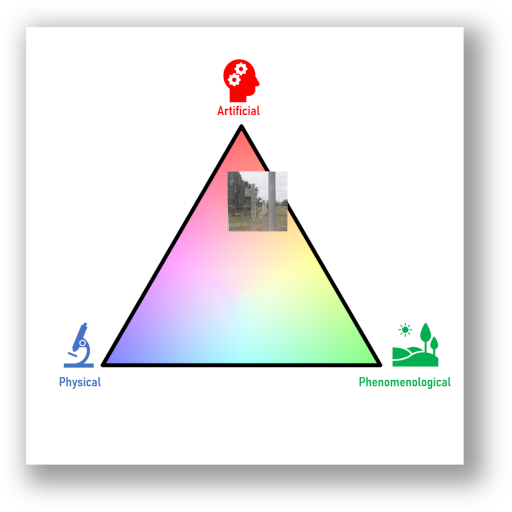Summary
In recent years, as the word “metaverse” has become more prevalent, the experience in virtual space has been attracting more and more attention. In order to increase user immersion in virtual space, it is important to minimize the gap between the expressive power of virtual space and real space. Therefore, reality modeling, which reproduces specific objects and phenomena in reality, is necessary to harmonize the expressive power of virtual and real spaces. In addition, a design system that takes into account the user’s intentions when reproducing objects and phenomena is important in the construction of virtual spaces.
Cloth has always been an object of high interest for reality modeling because of its indispensability in daily life. Cloth can be classified into fabrics such as woven and knitted fabrics, and each fabric has its own unique surface texture. Among these, warp-knitted lace, which falls under the knitted fabric category, excels at emphasizing pattern edges and a variety of sparse and dense patterns. Although there are lace texture design methods that focus on the above characteristics of lace through image transformation, they often result in images that give an inorganic impression because they do not take into account the tension distribution caused by the density of yarns, resulting in uniformity across the entire lace. In addition, the design of lace textures often excludes transparency maps and environmental shielding maps, which are material parameters, because they do not take into account the structure of warp-knitted lace in three dimensions.
In this study, we propose a method to generate a texture of material parameters with the texture of warp lace based on original images such as pattern illustrations, taking into account the tension distribution of yarns. By texture mapping the generated material parameters to objects in virtual space, a more realistic scene can be created.

Positioning on Reality Modeling Triangle
This study focuses on the “texture of warp-knitted lace,” which represents an important element in the representation of warp-knitted lace. When expressing the “texture of warp lace,” this research is positioned close to Atificial because it performs calculations that model each element, rather than performing strict physical calculations that are computationally unnecessary.

Members
| Name | Affiliation | Web site |
|---|---|---|
| Keio University |
Publications
Domestic presentations
- Kazuki Tada, Issei Fujishiro: “Texture Generation of Warp Knit Lace Works Based on Image Transformation Design,” in 7th ADADA Japan Academic Convention, No.34, Online, October 8, 2021 (in Japanese).
- Kazuki Tada, Issei Fujishiro: “Three-Dimensional Modeling of Warp Knit Lace Works Based on Image Transformation,” in Proceedings of the 83th National Convention of International Processing Society of Japan, Vol. 4, pp. 81―82 (6Y-07), Online, March 18―20, 2021 (in Japanese).